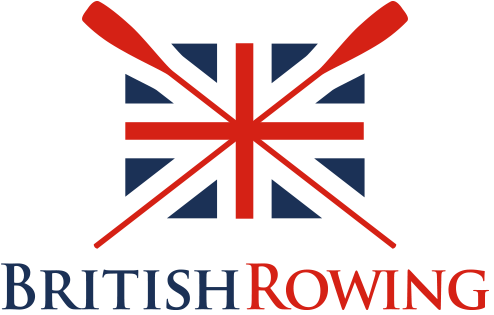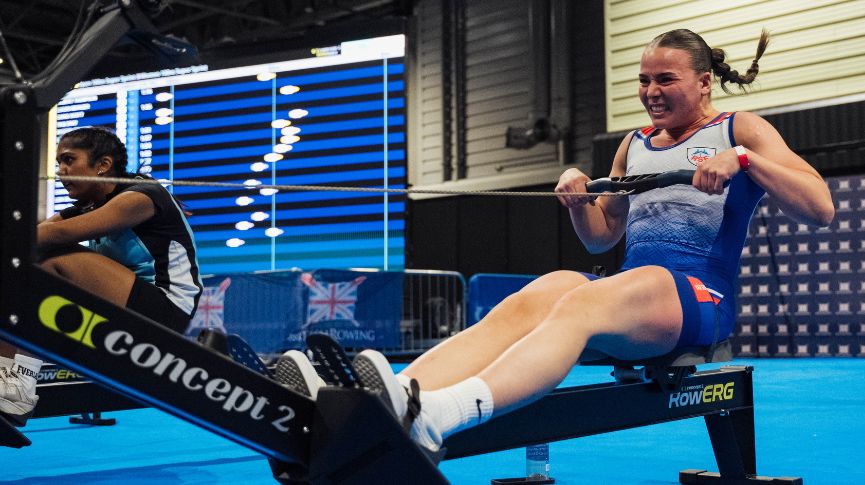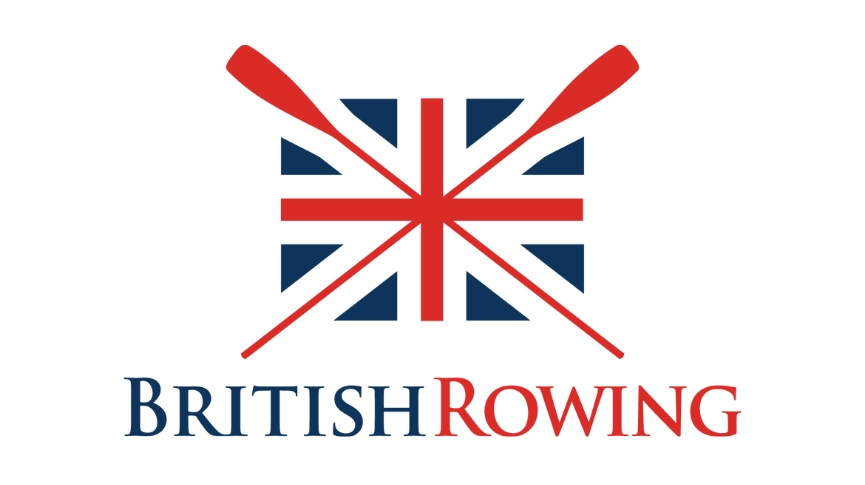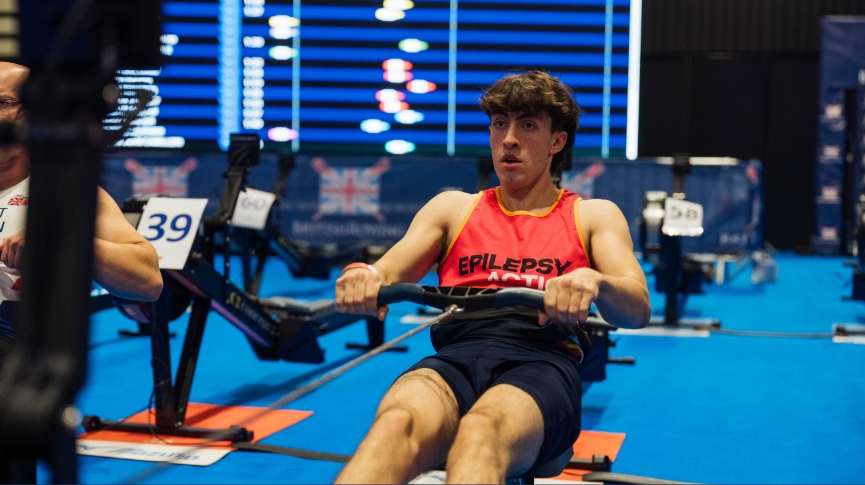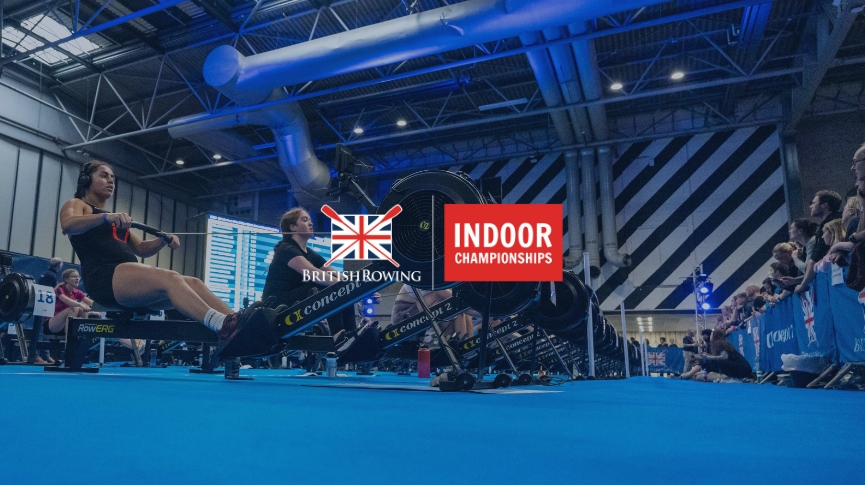The greatest Henley race of all time: as told by Peter Haining
History is written by the victors. So, Fergus Mainland caught up with Peter Haining to hear all the stories from the 1989 final of the Ladies’ Challenge Plate between Notts County and Harvard University
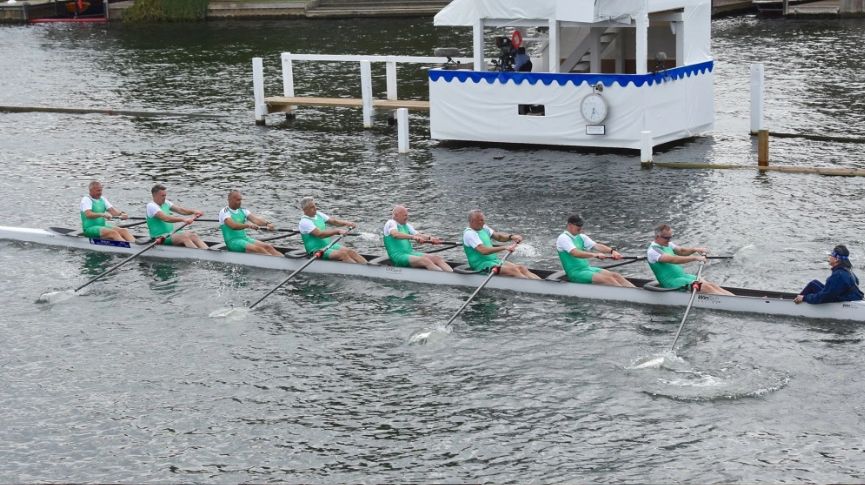
Credit: HearTheBoatSing Chris Dodd
Ask anyone what their favourite race from Henley Royal Regatta is and often one in particular will come to mind. The excitement in their voice will notably increase as they start to tell you about a special showdown in the Ladies’ Challenge Plate between Harvard University and a certain crew from Nottinghamshire.
Harry Parker’s Harvard outfit had made their way across the pond with one of the best Crimson outfits in recent memory. Bolstered by four athletes who would go on to win a silver medal in the 1989 World Championships, Harvard went undefeated through their regular season. They were a quality crew.
At 17:15, the Final of the Ladies’ Challenge Plate left the start and thundered down the course. It was race that a lightweight crew from Nottinghamshire County Rowing Association would win by more than four lengths, and celebrations ensued. However, the protest from Harvard revealed that a piece of wood had become lodged on their rudder and the Stewards went off to deliberate and make a decision on the outcome of the race.
After a representative of both clubs was called into a meeting, it was announced, just before at the eleventh hour, just before prize giving that there would be a re-row. However, this announcement didn’t come before Notts County got stuck into the celebrations.
Peter Haining, who sat at two, was one of the first across the line, and much like his teammates enjoyed all of the Henley festivities before hearing the news they would have to put the boat back on the water. It was, however, a decision that didn’t go down well with some of the crew.
“The camaraderie was there but we had a few who didn’t want to race.” Explained Haining.
“Every heart was a beating song.”
“I stood there with the cox and the crew and said, ‘Come on guys, we know we can go out and do this crew again,’ but a lot of the guys didn’t want to do it. So, we talked around as a crew and Carl Smith was the driving force in that and we all decided that we’re not going to leave Henley in a big political nightmare having refused to race. Notts County were not like that, we would honour the regatta.”
For Notts County, it became a race against time to get themselves ready to race again, something the ice-cold Henley showers would be able to help with.
“Some of the guys had to go for a really quick shower, poor Margaret Marshall, who was in her late 70s but sadly no longer with us, was bringing coffee in to five or six guys who in the showers and poor Margaret was trying to keep her head bowed, that bit was hilarious.
“We drank copious amounts of coffee to try and sober up and the showers at Henley did the trick, they were freezing.”
Then things got serious and attention turned to how the crew would be able to better Harvard for a second time that day.
“The coach, Ray Simms, who’s no longer with us, asked me what I thought the gearing should be. I said ‘Ray, we need to change it by one notch and we need to go to 114.5. The water will be a little colder, athletes are a bit heavier, let’s do one notch’. Johnny Deakin, Ray, and I changed the gearing without telling the rest of the crew.
“Off we paddled, it was the most serene thing. Thousands of people had made their way back to the riverfront and suddenly, you got the sense that this was really special. There was no corporate draw for these people, they were there for the rowing. And they were there to watch a phenomenal event and they were in for a treat.”
The re-row was for the purists. It was 20:00, the bars were shut and all eyes were on the rowing. This was a race for the ages and there was a sense on the bank that the spectators who had stayed behind were in for an absolute belter of a showdown.
“We turned around, lined up and I looked across. Everyone picked out their opposite man. The flag was up the tension was high and every heart was a beating song.
“The race was hellish because we were in a dogfight. We were holding in our finishes precisely, we were dropping and spinning our hands, holding the knees down. We were trying to establish our rhythm next to a really strong, powerful crew beside us. They weren’t as technically sharp as us but they had more power than we did.
“Harry had got Harvard tight, very tight. The Harvard style would be to get out of the blocks without a fuss, a bit like the New Zealanders and then just wind up through the race so they would negative split the race to the barrier, to Fawley and then towards Upper Thames.
“However, that Harvard plan was ripped up on the re-row. You could tell both crews were going to the barrier, breaking blades to get there first. It was a cacophony of noise from your own heart and your lungs and we were deafened by the support we had from the start to the finish line three or four deep. There were no distractions. The noise, I kid you not – now I know what a footballer feels like at a World Cup.”
Notts County’s performance was a breakthrough moment for the club. It was the 150th anniversary of the regatta and one of the finest races the rowing world had seen. Much like Sir Matthew Pinsent a decade later, Haining gave a triumphant wave to the crowds as they passed through the Stewards Enclosure.
“The cox in our crew provided one of the best lines I’ve ever heard. ‘There comes a time in every race where you throw the kitchen sink in, it’s now!’ We absolutely stamped on it and took half a length out of them.
“I lifted my right hand up and saluted because at that point we’d already broken the crew and I think the crew would have hung me if I’d caught a crab but then Carl [Smith] did it after and that made me feel better!”
“Imagine the story you and I would be talking about now if Harvard had then beaten us by a canvas. That’s sport and we were given another challenge. Because of our nature as lightweights, we rose above it and we performed at that new level.”
“It was a hell of a bond. Even to this day the tangible cues I can bring up sitting here as a 63-year-old that day are going to be imprinted on my DNA until the day I die. “It was real man-to-man shaking of hands. Even though we’d just had a hell of a fight and they’d just lost, those guys treated us the same.”
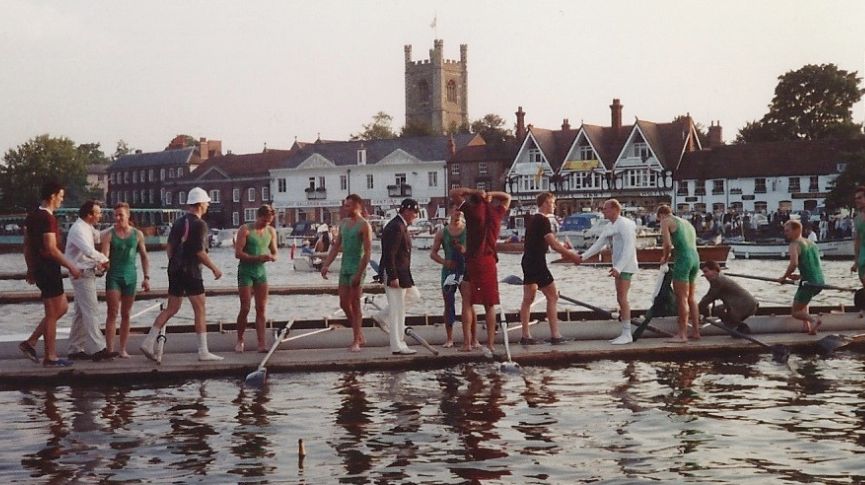 Credit: Peter Spurrier
Credit: Peter Spurrier
Notts County produced a generation of some of the finest athletes and coaches in Great Britain. Haining himself would go on to win three World Championships in a row from 1993-1995 in the Lightweight Single Scull to go along with a title at the 1986 Commonwealth Games.
The club created on of the best rowing environments in the world and Haining felt honoured to be amongst those coaches and athletes.
“Ian Wilson and his brother and others were all amazing. Chris Perry, Sean Bowden and all of the great coaches that came through there and learned how to manage a pool of excellence. To be in a room with that much talent was a privilege.
“The blade ability on eight moves, outside hand 70% tapping down, exactly the datum weight on the gate, the flick of the roll of the inside hand, the floating away of the hands, the automatic lifting of your diaphragm and rocking over, light pressure and holding your knees in place when you really wanted to break them and then the gentle roll onto the gate.
“Then, the absolute balance and accuracy, coming up, floating in that position and the throwing forward of the hands towards the cox so that the blades come behind you to lock on and then this wonderful hand off the lats and then Toby [Hessian] made 36 feel like 32. You could not buy yourself out of that rhythm, you were locked in, it was so phenomenal.”
After Notts County’s win at Henley, they were looking forward to a trip to the World Championships but selectors had other ideas for crew formations. The crew were told they would be split up so they turned down the invitation and they all opted to stick together and not make the trip to Lake Bled.
Instead, the Henley-winning crew lined up at the National Water Sports Centre to have one final row as a crew. At the same time the World Championship final kicked off, Notts County left the start at Holme Pierrepont and crossed the line six seconds quicker than the winning crew in Slovenia on a course that Haining reckons was significantly slower.
Fast forward to 2025 and Haining is still heavily involved with sport. For this year’s HRR, he’s been involved with the coaching of Ben Parsonage, who’s qualified for the Diamond Challenge Sculls. Ben is the son of George one of the driving forces of lightweight rowing in the 1970s, and a member of the 1975 Great Britain crew. Over recent years, Ben has been one of the strongest domestic lightweight scullers and in his first race will race Simon van Dorp from the Netherlands, the 2024 Olympic silver medallist in the Men’s Single Sculls. What an opportunity for the Clydesdale ARC sculler.

